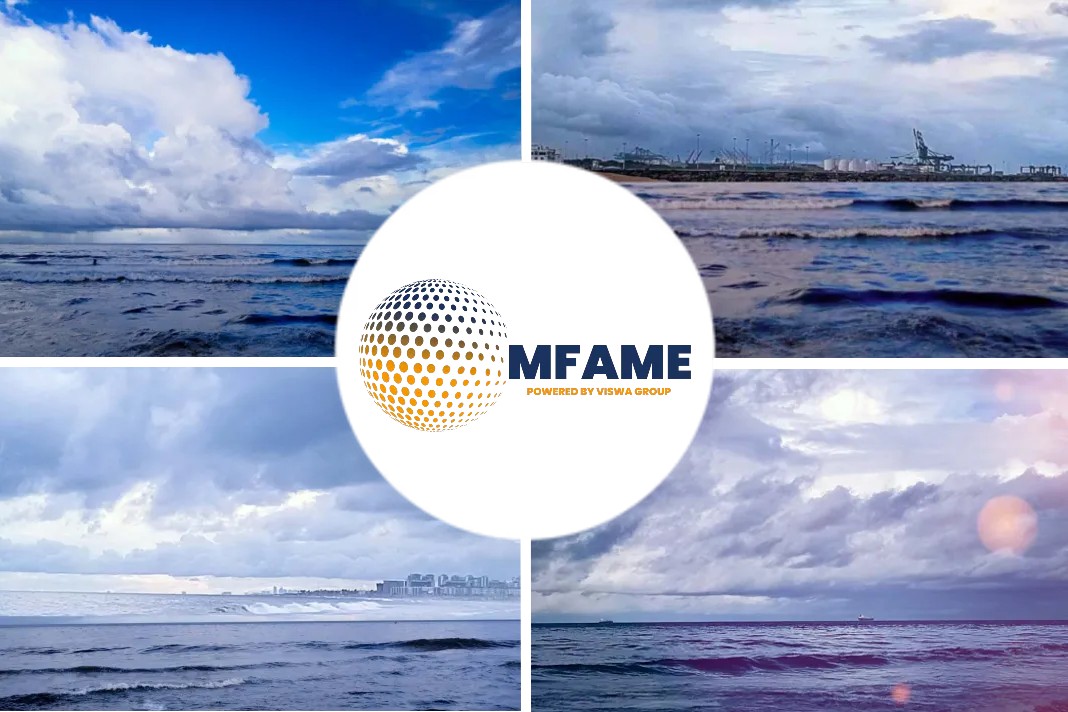- France’s Loiretech working on a collaborative project to create a carbon fiber based ship propeller.
- The project aimed to reduce environmental footprint and lower energy consumption by 15% was started in April 2016.
- The propeller maintained a suitable appearance at the end of a sea trial conducted by Shipping company AML in March 2018.
- Composite propellers become affordable at production levels of 30–50 blades so positive commercial prospects are expected.
France’s Loiretech has partnered with the French Defence Procurement Agency (DGA), Mecafrance and Naval Group in the Fabheli collaborative project to develop and commercialize a ship propeller molded from an epoxy carbon fiber thermoset composite, reports PlasticsToday.
Loiretech, a designer and manufacturer of tooling for large and complex thermoplastic and thermoset composite parts, aimed to develop and produce, on an industrial scale, a propeller with a reduced environmental footprint and lower energy consumption (around 15% lower).
Project commencement
The project started in April 2016 with a digitization and calculation phase to dimension the carbon fiber composite propeller, which was twice as light as its metallic counterpart; Mecafrance worked for the mechanical side and Naval Group for the hydrodynamic side.
The goal was to meet highly demanding specifications—the propeller is subject to significant mechanical loads when in use, so it was necessary to develop design concepts, production technologies, and surface treatment to bear them.
The Process
A single-shot resin transfer molding (RTM) process is employed to mold the thick (up to 30 mm) epoxy composite blades individually. Three-part tooling with a moving core is used to accommodate blade foot undercuts. During processing, there is three-bar of pressure at the mixing head, and the resin cures at 60°C. The blades are attached individually to an over-molded metal hub.
What are the advantages?
The composite design delivers numerous advantages according to Loiretech.
- Firstly, each of the five blades can be removed individually for maintenance.
- Next, the propeller is molded in a net shape without the need for post-process trimming and milling, which eliminates concerns regarding moisture ingress.
- In addition, tailing edge cavitation, and thereby noise levels can be reduced through both the blade design and application of a special coating over the blades.
- Finally, the flexibility of the blades resulting in hydrodynamic deformation contributes to improved fuel economy as well as less noise. Lower noise levels have positive implications in military applications.
Sea Trial of March 2018
Shipping company AML replaced a metal propeller on one of its ships with the new 1.1-meter-diameter composite propeller and conducted a sea trial in March 2018 with the aim of subjecting it to high strain levels: numerous maneuvers at the ship’s maximum power made it possible to validate the intrinsic qualities of the composite propeller with the support of the Bureau Veritas certification agency. At the end of this trial, the propeller maintained a suitable appearance.
Positive Prospects
The project will now be continued to optimize propeller functionality and the manufacturing process with the objective of commercial production. Loiretech notes that while composite propellers are more expensive to manufacture in low volumes, they become affordable at production levels of 30–50 blades, and when added to the potential of enhancing fuel economy by 15%, commercial prospects look positive.
Did you subscribe for our daily newsletter?
It’s Free! Click here to Subscribe!
Source: PlasticsToday

























